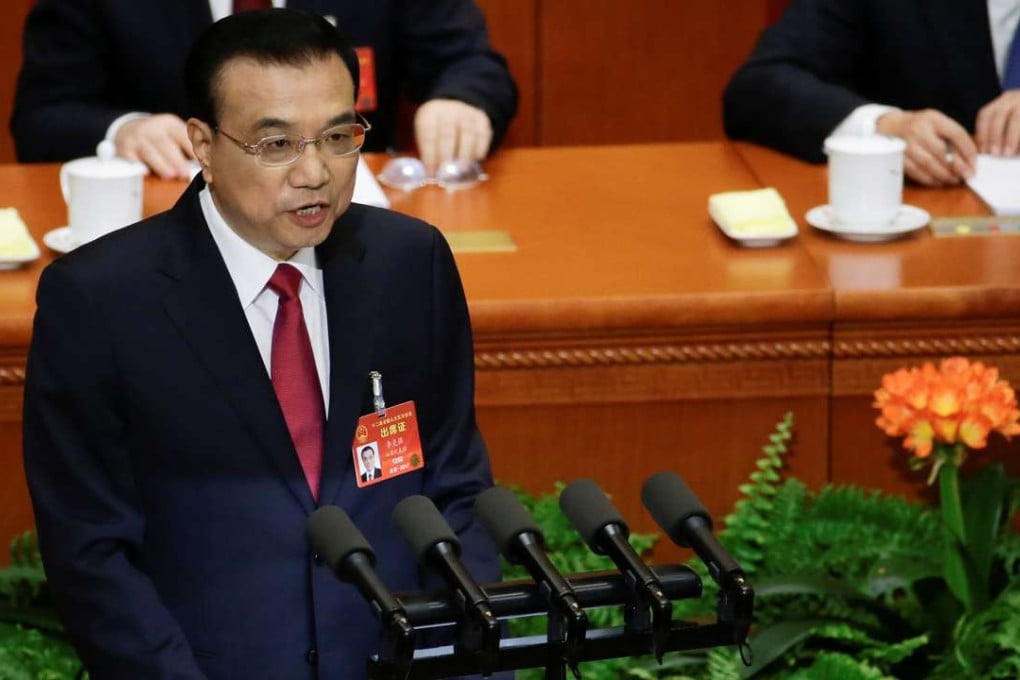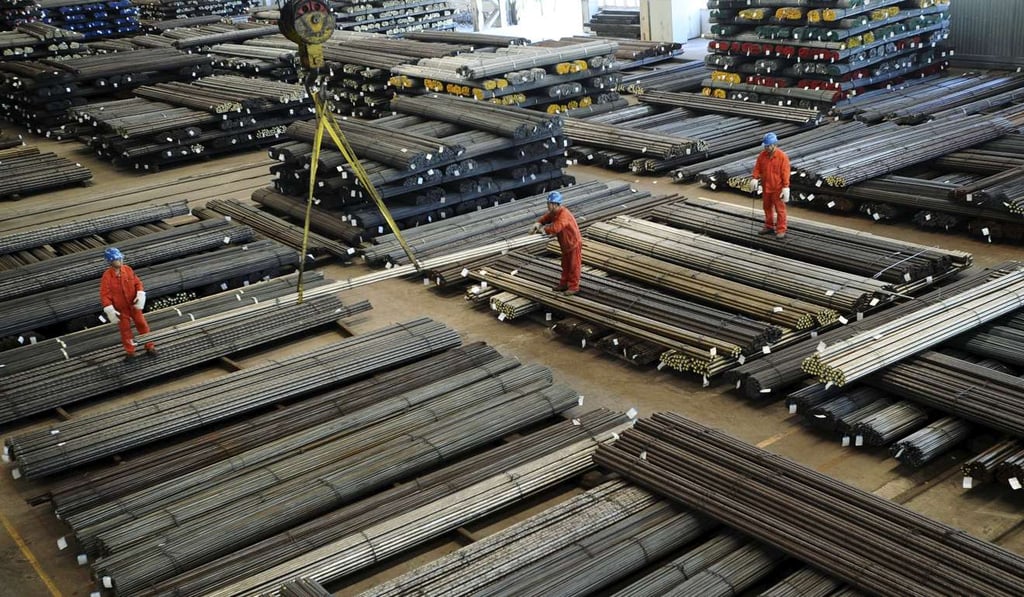Macroscope | NPC signals Beijing is aiming for stable but more balanced growth

The National People’s Congress (NPC) commenced on March 2 with an opening speech by Premier Li Keqiang stressing the need to balance the delivery of near-term growth with the furthering of structural reforms.
The desire to minimise shocks to the economy was evident in the very modest changes to the growth and policy targets, which also indicated a wish to maintain stability ahead of the leadership reshuffle later in the year.
As anticipated, the government lowered the 2017 growth target to about 6.5 per cent from last year’s 6.5 to 7 per cent. This does not qualify as a tangible shift in the official view towards near-term growth. Not only did Li hint that the government, in reality, should aim to achieve a better result, the target for job creation was also increased from last year, which will require higher growth to achieve.
All of this suggests that preserving short-term growth stability remains a priority for the government.
On monetary policy, the “neutral and prudent” setting was confirmed by the lower M2 money supply and total social financing targets. Growth stability and a heightened desire to de-risk the financial system have led to targeted tightening in the interbank market and shadow banking sector recently.


